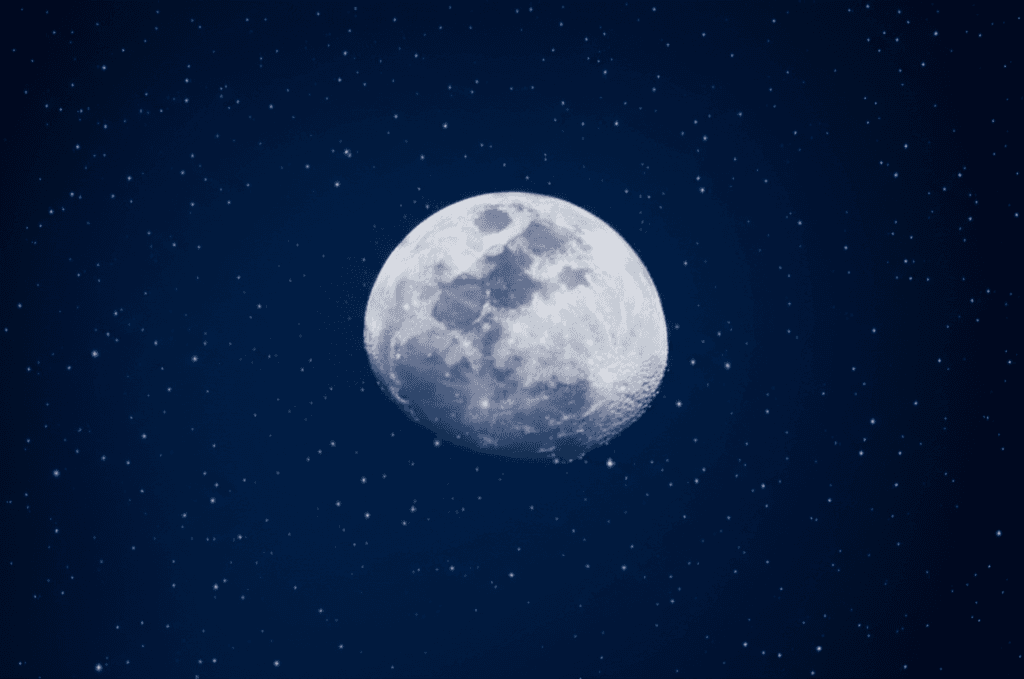Moon is very beautiful

The moon, our celestial neighbor, has captivated humanity for millennia. Its gentle glow has inspired poets, guided explorers, and sparked scientific curiosity. Join us as we delve into the reasons why the moon's beauty is eternal and ever-present.
The Moon: An Enduring Symbol of Beauty and Wonder
The moon, that silvery disc that graces our night sky, is more than just a rocky satellite orbiting our planet. It's a constant companion, a source of inspiration, and a reminder of the vastness and mystery of the universe. Its beauty transcends time and culture, evoking a sense of peace, wonder, and connection. But why does the moon hold such enduring appeal?
A Visual Masterpiece: Why the Moon is So Beautiful
Several factors contribute to the moon's captivating visual appeal:
-
The Soft Glow: Unlike the harsh light of the sun, the moon reflects sunlight in a gentle, diffused manner. This soft glow creates a calming and romantic ambiance, making it a perfect subject for contemplation and stargazing. The contrast between the dark sky and the luminous moon is inherently visually appealing.
-
The Phases of the Moon: The moon's ever-changing phases – from the sliver of a crescent to the full, radiant orb – provide a continuous visual spectacle. Each phase offers a unique perspective and a different mood, keeping the lunar experience fresh and exciting. Think of the mystery and anticipation of a new moon versus the fullness and abundance of a full moon.
-
The Surface Features: Even with the naked eye, we can often make out the darker patches on the moon's surface, known as maria (Latin for "seas"). These dark plains, formed by ancient volcanic eruptions, add texture and depth to the moon's appearance. Using binoculars or a telescope reveals even more detail, including craters and mountain ranges, further enhancing its visual complexity.
The Moon's Influence on Earth's Atmosphere
Beyond its appearance, the moon also subtly shapes our atmosphere, contributing to breathtaking scenes.
-
Lunar Halos: On cold nights, ice crystals in the upper atmosphere can refract the moonlight, creating a beautiful halo around the moon. This ethereal ring of light is a mesmerizing sight and adds an extra layer of magic to the lunar experience.
-
Moonbows: Similar to rainbows, moonbows (also called lunar rainbows) are created when moonlight shines through water droplets. While fainter than rainbows due to the dimmer light, they are a rare and stunning phenomenon, showcasing the moon's influence on our atmosphere.
The Moon's Cultural Significance: A Timeless Muse
Throughout history, the moon has held deep cultural significance across diverse societies. It has been revered as a deity, a symbol of fertility, and a source of inspiration for art, literature, and music.
-
Mythology and Folklore: In many cultures, the moon is personified as a goddess, associated with femininity, intuition, and the cycles of life. Lunar deities are found in cultures worldwide, from the Greek goddess Selene to the Roman goddess Luna to the Chinese goddess Chang'e.
-
Artistic Inspiration: The moon has been a constant muse for artists and writers throughout history. Countless poems, songs, and paintings celebrate its beauty and mystery. Think of the famous line from Shakespeare's Romeo and Juliet: "O, swear not by the moon, the inconstant moon, That monthly changes in her circled orb."
-
Navigation and Timekeeping: Before modern technology, the moon played a crucial role in navigation and timekeeping. Sailors used the moon's position to guide their ships, and many ancient calendars were based on lunar cycles.
The Psychological Impact of the Moon
The moon's influence extends beyond the visual and cultural realms, affecting our emotions and well-being.
-
Emotional Connection: Many people feel a strong emotional connection to the moon, finding comfort and peace in its presence. Its cyclical nature mirrors our own lives, reminding us of the ebb and flow of emotions and experiences.
-
Sleep and Behavior: While scientific evidence is still debated, many people believe that the moon's phases can influence sleep patterns and behavior. Anecdotal evidence suggests that the full moon can lead to restlessness or increased activity.
Observing the Moon: Tips for Appreciating its Beauty
Ready to deepen your appreciation for the moon's beauty? Here are a few tips:
-
Find a Dark Location: To truly appreciate the moon's glow, escape the city lights and find a location with minimal light pollution.
-
Use Binoculars or a Telescope: Even a small pair of binoculars can reveal details on the moon's surface that are invisible to the naked eye. A telescope will provide even greater magnification.
-
Learn About the Lunar Phases: Understanding the lunar phases will help you appreciate the moon's ever-changing appearance and plan your observations accordingly.
-
Download a Stargazing App: These apps can help you identify constellations and other celestial objects near the moon, enhancing your stargazing experience.
Conclusion: The Enduring Allure of the Moon
The moon's beauty is more than just skin deep. It's a combination of visual appeal, cultural significance, and psychological impact. Whether you're gazing at it through a telescope or simply admiring its gentle glow from your backyard, the moon will always be a source of wonder and inspiration. So, take a moment to look up at the night sky and appreciate the enduring beauty of our celestial companion. The moon, after all, is always so beautiful.


